September 5, 2025
Best Bikepacking Helmet For 2025 - Protect Your Lid!
With so many options on the market, which is the best bikepacking helmet for you? Here's our in-depth guide to the best Helmets for 2024
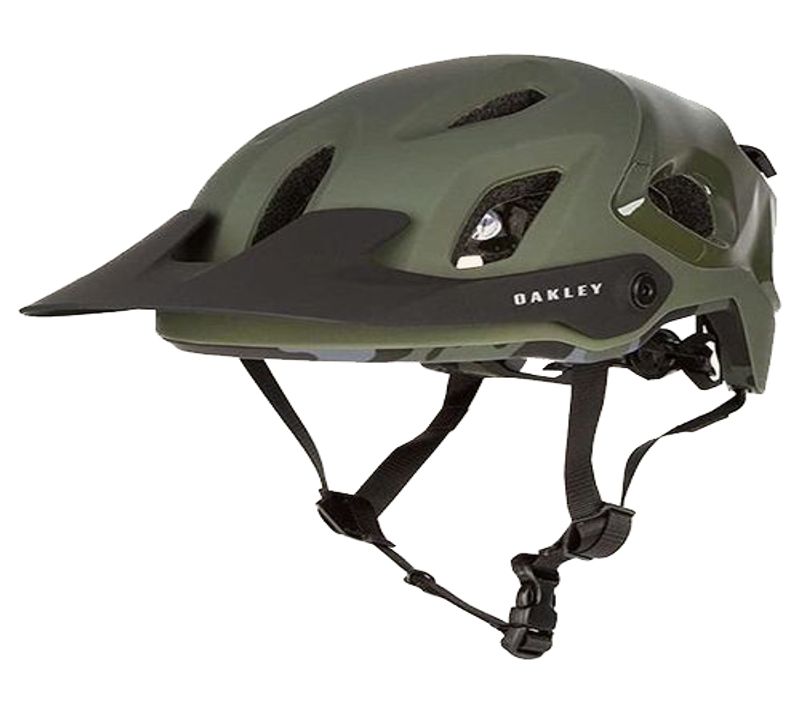
Comfort
9/10
Weight
7/10
Protection
9/10
Overall
8.3/10
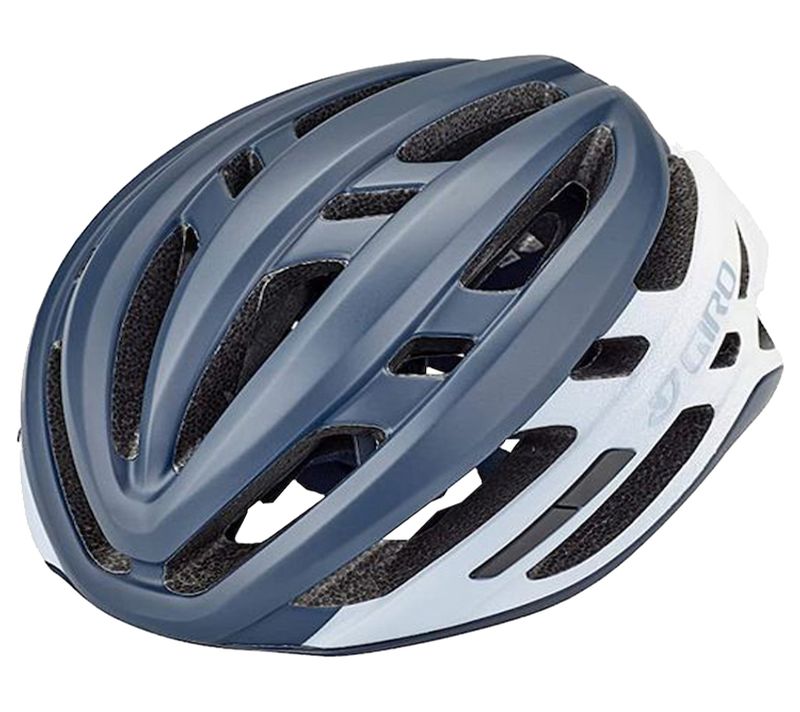
Comfort
8.5/10
Weight
8.5/10
Protection
9/10
Overall
8.7/10

Comfort
7.5/10
Weight
9/10
Protection
7.5/10
Overall
8/10
This post may container affiliate marketing links to products we love.
As an affiliate & Amazon Associate we earn a small amount from qualifying purchases.
Product Reviews
We've researched a whole host of helmets, including some of the best mountain bike helmets for bikepacking, so take a peek above!
Best Value
Oakley DRT5 mountain bike helmet
It's packed with all the features you'd expect in a high end mountain bike helmet

Best known for their cool shades, Oakley has branched out into cycle gear with the Greg Minaar signature DRT and for a first effort at a mountain bike helmet, it’s seriously impressive. It’s got loads of great features which manage to stay on the right side of being gimmicky.
The BOA-branded Retention System adjusts easily for a snug fit, and although it’s not as padded as other helmets it’s still comfortable. A silicone sweat gutter keeps the sweat from running into your eyes; useful if you’re going somewhere warm. There’s a clamp at the back for your sunglasses – and they don’t even have to be Oakleys!
It’s a touch more expensive than other high-end mountain bike helmets but the DRT is a quality option with attention to detail and a great finish.
Best Overall
Giro Agilis MIPS Women’s Bike Helmet
Cool design meets functionality

Giro is well known for making quality cycle helmets and this is a very worthy offering from the Giro stable. With 32 ventilation openings, the Agilis combines great ventilation with extra coverage behind the ears so it’ll keep you cool and give you better protection if you land on rough ground.
Although it’s marketed with other road helmets, it’ll also protect you on rougher roads and even on off-roading adventures, making it suitable for easier mountain biking too.
The easy adjustable Roc Loc 5 system keeps the fit snug and secure and the positioning systems are integrated with MIPS technology to give that extra layer of protection. The webbing straps are soft and light and overall the Agilis has the feeling of a much more expensive lid.
Budget Friendly
Bell Tracker Helmet
A good basic no-frills lid

If it’s a low cost, all-round performer you’re looking for then this handy offering from Bell could be the one for you. The Bell Tracker is at the more basic end of the market – it doesn’t have MIPS technology for example, but did you really expect it at this price? If you’re looking for a good low-cost option to get you into bikepacking and mountain biking then you could do a lot worse.
Bell has pioneered the Fusion In-Mold system, meaning the outer shell is bonded with the EPS liner, making the helmet stronger and hard-wearing. It’s refreshing to find this feature on the Tracker as it's usually reserved for higher-end offerings. The 25 generously sized vents help keep you cool on the road, whilst the visor can be removed if it’s not your thing.
Easily adjustable fasteners keep straps flat and in place.
Closca Foldable Bike Helmet
Can be stashed away and taken anywhere
Although it’s primarily marketed more for the urban cyclist, there’s no reason why this handy little helmet shouldn’t find its way into your saddlebags. It folds down to less than 50% of its size in a literal second so you can take it anywhere. Just stash it in your backpack and go when you’re not on the bike.
Foldable helmets are fairly new on the market and tend to be on the ugly side, but the Closca has a cool award-winning design that looks almost futuristic.
The interior boasts a super soft and comfy padding that keeps your head surprisingly well cushioned and it extends beyond the rear of the helmet so it doesn't look odd while you're wearing it. There's a teeny little visor on the front which does help deflect the wind.
An adjustable rear band allows for a good fit and it’s even got a decent ventilation system.
Giro Men’s Helios Spherical
A great all-rounder
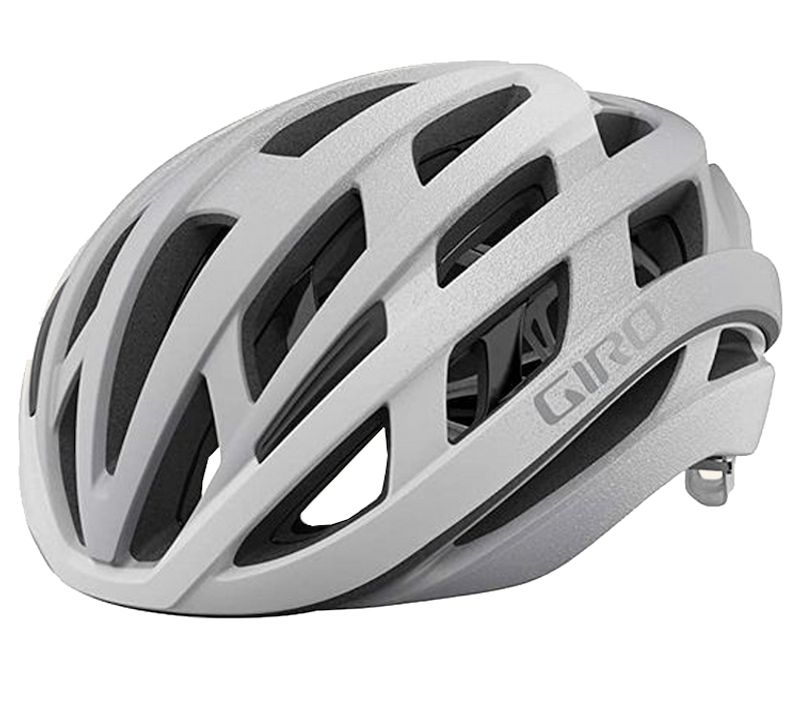
The Helios takes the MIPS technology further than most by using two EPS liners with a ball and socket joint that allows the two liners to move independently of each other. This allows the outer shell to rotate independently over the inner, but also gives a much better fit as it feels more like the outer shell is tightened around your head rather than just the inner.
The Helios also boasts 15 ventilation points so you keep a cool head, and the antibacterial Ion lining is sweat absorbing so helps to keep road stink at bay. Reflective decals mean you’ve a better chance of being seen when the light’s poor.
MET Allroad Helmet
A good all-rounder at a good price
The MET Allroad helmet does exactly what it says on the tin; it’s an all-rounder designed for every ride, whether that's bikepacking, trail riding, mountain biking, or just everyday riding. It's pretty light and well ventilated so will keep you cool on the warmest days.
The snap-in/ snap-out visor suggests it’s at home on the gravel but you can leave it behind if you want a more streamlined helmet. The Allroad’s even ponytail compatible, plus it’s pretty light and well ventilated so will suit you if you tend to ride hot.
There’s an integrated LED rear light, which can be a constant or flashing red light. Whilst useful, this won’t be everyone’s cup of tea and it’s powered by a non-rechargeable lithium battery.
HJC Furion
It’s super light yet stylish
Better known for motorbike helmets, HJC have made their first foray into the world of cycle helmets. And the HJC Fusion is a worthy first offering. Wind tunnel tested and aerodynamic, it ticks all the boxes for those wanting a lightweight, airy helmet - it's one of the best ventilated lids on the market.
The pads supplied are soft and squishy without flattening too much when the helmet's put on, plus they contain silver particles which help eliminate bacteria. Perfect for those sweaty miles.
The Venturi Dynamics technology balances ventilation with air-resistant forces to keep you cool at any speed. And if that isn’t effective enough, the Advanced Air Channel System allows air to circulate before being expelled via the exhaust vent. Combined with the 15 vents you’ll be hard pushed to find a helmet as light and airy as this one.
Bell Formula LED MIPS road helmet
Feels more high-end than it actually is
A quality offering from Bell, the Formula boasts Bell’s Fusion-in-Mold Construction Polycarbonate shell, which bonds the outer shell to the EPS foam liner to create a sturdier, more rugged helmet. Bell is one of the few manufacturers to cover the exposed EPS liner at the base of the shell with another shell, which gives better protection against knocks as well as looking stylish.
The Formula features a 20-lumen rear LED light which is easily adjustable using an easy to turn rubber dial. One useful feature is the No-Twist Tri-Glides – quick-adjust fasteners that allow straps to be positioned properly on the go.
The Formula is fully loaded with the kind of technology you'd expect from higher-end options. It's also equipped with Bell's Float Fit system, which works the same way as other retention systems except it's just connected to the front using a velcro tab. This allows you to easily adjust on the go.
Troy Lee Designs A1 Drone Helmet
We love the stylish yet serious design
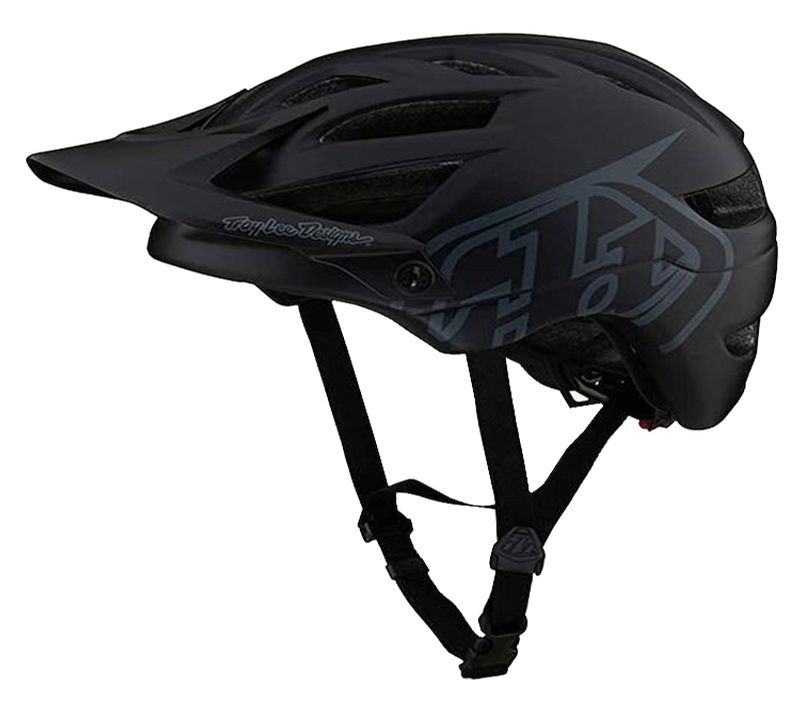
Troy Lee Designs have been developing some of the best mountain bike helmets and protective gear for the world’s fastest riders since 1981, so it’s fair to say these guys know what they’re doing. And the A1 is certainly a serious piece of kit.
The reinforced polycarbonate shell extends down the back and sides of the helmet for extra protection and the triple position adjustable retention system allows a custom fit for your riding style and head shape.
Troy Lee Designs have developed a padded one-piece liner that's anti-microbial and has wicking properties to keep you as fresh as possible. It can be removed for washing, which will be a bonus for your riding buddies!
POC Unisex Ventral Lite Helmet
It’s so light and airy you’ll forget you’re wearing it
POC claim that the Ventral Lite is ‘among the lightest helmets ever produced’ and this superlight helmet certainly lives up to the claim. It’s all about the weight and the airflow – precise ventilation openings and integrated channels direct air through the helmet. It's one of the best ventilated helmets we've seen.
Every gram is counted; so much so that even the eye garage is a sticker that you can leave off if it’s not needed.
The one-piece shell gives better structural integrity while the liner has different density EPS foam so the shell only needs to cover the necessary areas. Although the shell's been pared back, the changes to the design have actually enhanced the helmet's structure so you'll still get the head protection you need.
If you’re looking to reduce as much weight as possible you may want to give the Ventral Lite an eyeball.
Kask Protone Helmet
A sleek and compact design which won’t make your head look like a mushroom
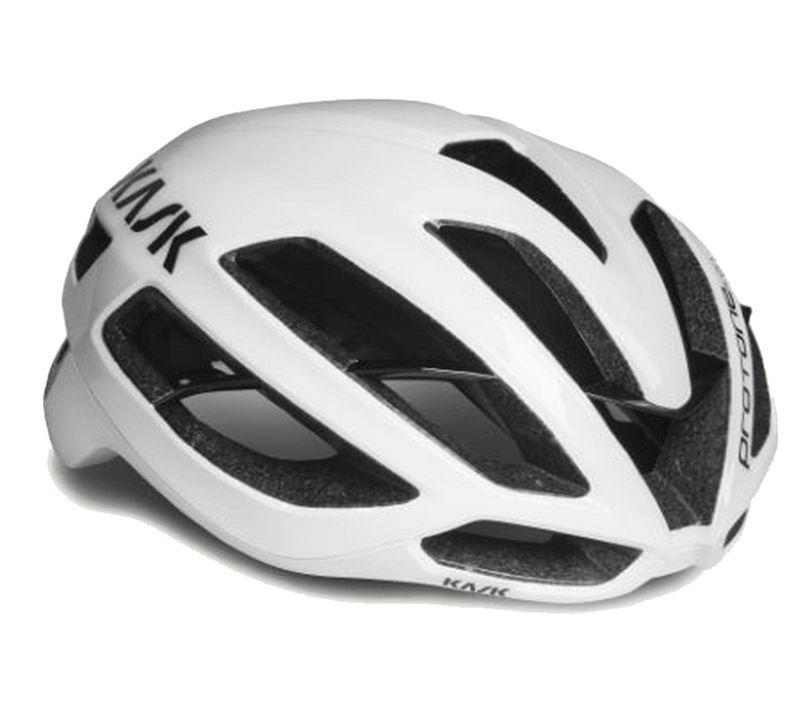
Developed in collaboration with Team Sky, the Protone has graced the heads of some of the best WorldTour riders and is the helmet of choice for Team Ineos. It uses 3D padding with a multilayer open cell build process to make your ride as comfortable as possible.
Kask’s multi in-Moulding technology which moulds the shell to the liner for extra stability. It has a reinforced internal sub-frame which reduces the chances of the shell breaking.
The Protone’s design has stood the test of time for sure. However, the age of the design does mean that Kask hasn’t embraced the MIPS technology. Instead, Kask use their own impact protection system and undertake rotational impact testing to ensure their helmets stand up to crashes, so it'll still keep your head protected.
Add a soft, eco-leather chin strap helps reduce skin irritation when things get sweaty and you've got one of the most comfortable helmets out there.
Buyer's Guide
Here's the best helmets in 2024
Best for: backcountry roads -Giro Agilis MIPS Women’s Bike Helmet
Best for: saving space -Closca Foldable Bike Helmet
Best for: technical trails -Oakley DRT5 mountain bike helmet
Best for: those who want quality on a small budget -Bell Tracker Helmet
Best for: those gnarlier trails -Giro Men’s Helios Spherical
Best for: coping with a variety of terrain - MET Allroad Helmet
Best for: those looking to cut weight as much as possible -HJC Furion
Best for: those riding at night or in poor visibility -Bell Formula LED MIPS road helmet
Best for: cold weather riding -Troy Lee Designs A1 Drone Helmet
Best for: riding in extreme heat -POC Unisex Ventral Lite Helmet
Best for: comfort -Kask Protone Helmet
Kicking off your guide to the best bikepacking helmets
Protecting your head’s got to be the most important thing to consider on a bikepacking trip. Well, okay, the bike may actually be the most important thing but a good cycle helmet is way up there. Helmet technology has come a long way since the brain buckets of a few decades ago; these days you can sit back, enjoy your ride and forget you’re actually wearing one.
No, it’s not mandatory and yes, we all know people who swear by never wearing one, but we can’t stress the importance of protecting your bonce enough. Being dead can seriously ruin your trip. Just saying.
But with so much choice out there how do you choose your ideal lid? And what even is a bikepacking helmet anyway? Is it different from a mountain bike helmet? Luckily we’ve done the work for you so you don’t have to – read on to find the best helmet for you.
Do I need a specialist bikepacking helmet?
There’s not really any such thing as a specialised bikepacking helmet and it’s not a one size fits all. Don't worry though - you won't need two helmets. It depends on what sort of terrain you’ll be covering on your trip. Traditionally,bikepacking differs from cycle touringin that you’re more likely to be getting off the beaten track, but lines can blur from time to time. Who’s counting, right? Anytime spent out on the bike is a bonus!
Depending on where you’re going, you may get away with a road cycling helmet, but if those roads are likely to be rougher then a mountain bike helmet or gravel helmet should be fine.
How are bicycle helmets constructed?
Most helmets are constructed along similar lines. Basically they have a hard, plastic outer shell with air vents and a cushioned inner liner to take the brunt of an impact. Most have some extra padding for comfort and a fully adjustable fitting system. All helmets should be certified by the Consumer Product Safety Commission (CPSC).
The shell
This is the most obvious part of the helmet as it’s the bit that’s on show. It’s your first line of defence in a crash and is designed to take the first brunt and protect the foam liner. It’ll also help protect against sharp objects from piercing the helmet.
Most shells are made from some form of plastic, usually polycarbonate, as it’s cheaper to manufacture yet tough. Polycarbonate is heavier than other materials, so some manufacturers use composite fibres like fibreglass or carbon fibre. These are lighter but usually have a price tag to match.
In cheaper helmets, the shell is usually glued to the liner whereas more expensive helmets have the shell moulded to the liner. Moulded bicycle helmets are usually stronger but remember all helmets need to pass rigorous safety tests so this shouldn’t necessarily be a deal-breaker.
The liner
This is a crucial component of the helmet and is made up of a foam that’s light, yet designed to compress on impact, reducing the force on the brain during a crash.
The most popular foam liner used is expanded polystyrene (EPS). Some helmet brands have experimented with new materials but it's still EPS foam that’s mainly used.
Once EPS foam has been compressed though it won’t spring back into shape, which is why your helmet needs replacing after a knock.
The Straps
These are essential as they stop the helmet from flying off your head! Straps are generally nylon and can be adjusted to get the best fit. They fasten under your chin using a buckle to keep everything in place.
There’ll also be some form of mechanism for adjusting the straps. Depending on the brand and price, this will usually be a wheel, knob or slider.
Helmets usually also have some sort of interior padding for extra fit and comfort. These can often be removed for washing.
What different types of bicycle helmets are there?
Road Bike Helmets
Road helmets are all about aerodynamics and ventilation. They’re designed with speed in mind and weigh less due to having more air vents to help you keep you cool when you’re pounding it out along the tarmac.
The downside is they don’t offer as much protection as other types of helmets, particularly if you’re taking some gnarly trails. Mountain bike helmets really come into their own here.
Mountain Bike Helmets
The best mountain bike helmets also offer good ventilation but are sturdier and heavier, and often come with extra features such as visors and extra coverage at the back of the head for more protection. Downhill riders often opt for a full-face helmet so their entire head is covered but this is probably a bit overkill for bikepacking.
Gravel Bike Helmets
You’d think that these would be basically the same as mountain bike helmets, but there are subtle differences. This is due to the fact that gravel riding tends to be a combination of tricky rough roads, high-speed road riding and slow climbs plus everything in between, so gravel helmets have evolved to cope with whatever’s thrown at them.
Gravel bike helmets tend to be lighter and well ventilated, plus they often have some cool extra features such as a clip to secure sunglasses or riding eyewear when you’re not wearing them – if you want to be posh it’s called an eye garage (ooer!)
Collapsible Cycle Helmets
These have really taken off in recent years. Although fairly lightweight, cycle helmets are still on the bulky side, so unless you’ve bags of room chances are you’ll need to wear them when you’re not on the bike.
Foldable helmets score here because they’re easier to stow away when they’re not needed and you don’t run the risk of permanent helmet hair.
But are they safe? All helmets sold still need to pass rigorous tests to be certified by the Consumer Product Safety Commission (CPSC). However, they’re designed more for a commute across town on an electric bike so they may not stand up to the rigours of a proper gnarly route.
MIPS
If you’ve spent time looking at bike helmets lately (and we’d guess you have as you’re reading this) then chances are you’ll have come across the term MIPS.
So what is a MIPS helmet and what does it mean for you?
MIPS stands for Multi-directional Impact Protection System. Doesn’t exactly roll easily off the tongue, but the technology is based on the work of Swedish Neurosurgeon Hans Von Holst, who realised the human brain handles straight-on impacts better than impacts that force the brain to rotate.
He found that most cycling accidents result in rotational forces on impact, which can do some serious damage even when a helmet’s worn. Van Holst discovered that making a helmet with two low-friction layers inside causes a certain motion between the helmet and head which reduces rotational brain injuries.
How does MIPS helmet technology work?
A thin layer of material, known as a slip plane or slip liner, is fitted into the bike helmet. Although it’s a part of the helmet, it’s anchored at key points which means there’s some freedom of movement. It’s this movement that means less pressure is placed on your brain in an impact.
Helmet brands have been flocking to partner with MIPS and use its technology in their helmets, but does it really work? MIPS claim that a helmet using MIPS rotational impact protection system gives at least 10% more protection than those without. In reality, this 10% figure is a minimum baseline and most helmets see a much larger improvement than this.
All helmets, with and without MIPS, need to pass certain safety standards before they can be sold, but MIPS also has its own testing standards and they have brought out a range of designs to fit particular brands.
The downside to MIPS technology is that helmets using it tend to be on the pricier side and can also fit differently. You may need to go for a larger size than you’re used to.
MIPS helmets also used to be less breathable due to the slip planes blocking the vents, although MIPS has developed a lighter-touch design that gets around this.
Should I get a MIPS helmet?
Helmets using MIPS technology do seem to offer better protection in the event of an impact, although do bear in mind that all helmets on the market have undergone rigorous safety checks and although we can’t guarantee that one helmet's ability to protect you is better than another, any helmet is better than no helmet.
How do I fit my helmet?
First you’ll need to know your helmet size. Chances are you’ll already know this if you’re a seasoned cyclist but it doesn’t hurt to check, just in case you’ve been wearing the wrong size for years. It can happen.
Grab a tape measure (not the metal kind – that’ll hurt!) and wrap it around the widest part of your head, around two inches above your eyebrows. A length of string will do if you don’t have a tape measure handy, just make a mark where it meets and measure this against a ruler.
If you’ve not worn a particular type of bike helmet before, the best option is to physically try it on for size and fit. If you can’t get to a store to try it, don’t be frightened to send an online order back if it’s not right and try another size – you need to get this right and helmet sizes can vary from brand to brand.
No two heads are the same so your new helmet should adjust to get the fit just right for your noggin. Most have a sizing dial on the back you can twist; the helmet should feel tight but not overly so. As a good rule of thumb, you should be able to put two fingers together and place them between the top of your eyebrows and the helmet.
Adjust the chin strap so it’s snug but doesn’t cut into your skin; there should be just enough room to fit one finger between the strap and chin. The side straps should form a ‘V’ shape that fits around your ears, not on top of them.
When you feel the helmet fits, give it a wobble. There shouldn’t be too much excessive movement. Straps loosen over time, so check them from time to time to make sure all’s still snug.
FAQ
Conclusion
The best bikepacking helmet for you will largely depend on two things; your budget and where you'll be going. Bike helmets designed for roads, mountain biking or gravel riding all have their place on a bikepacking trip.
Looking for a good quality lid on a shoestring budget? The Bell Tracker might fit the bill nicely. Going somewhere hot? You'll need a lightweight helmet with adequate ventilation like the Ventral Lite. Looking for the best protection on those gnarlier trails? The Giro Men's Helios should have you covered.
Riding in low light? You'll appreciate the LED fitted into the Bell Formula. Going somewhere considerably cooler? Give the Troy Lee Designs A1 a spin.
About the Author

Steph
Outdoor and Adventure Writer
Steph isn’t just a writer; she’s an adventurer. With a firm belief in firsthand experience, Steph dives into the world of slow travel, taking long walks, enjoying the serenity, and capturing moments through her camera lens.






